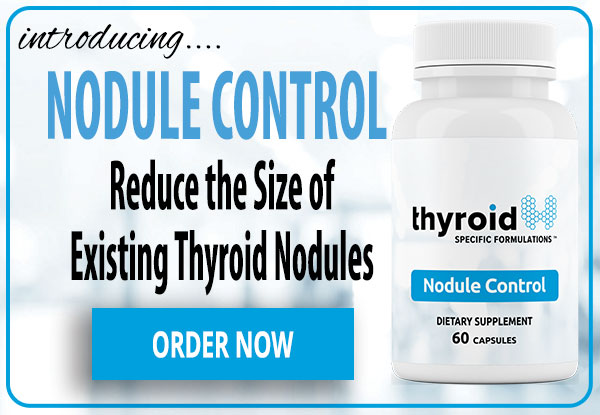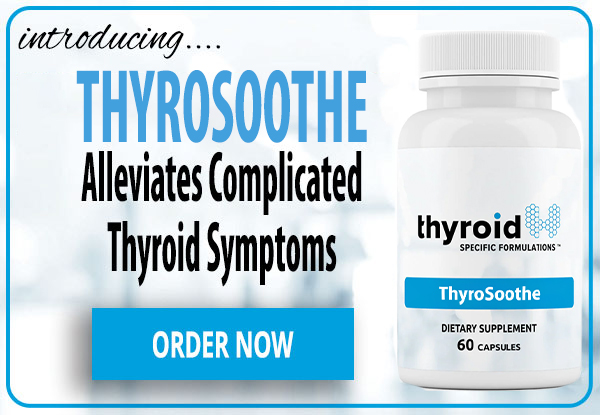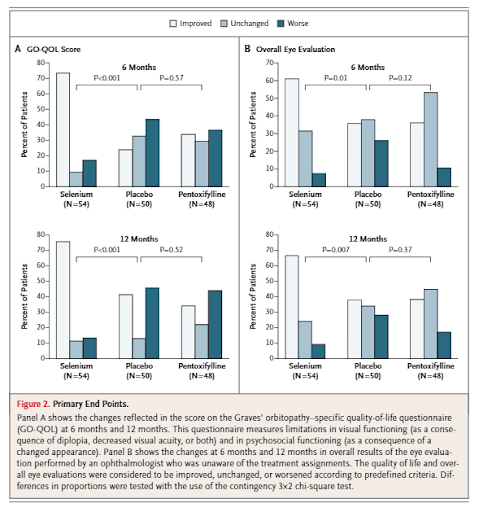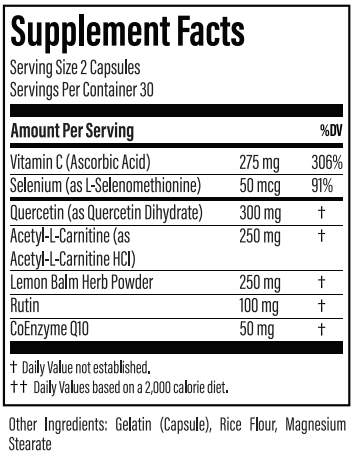ThyroSoothe: Ingredient Breakdown
So, let’s introduce you to all the components that make up ThyroSoothe, why they matter, and how they will ultimately help you…
Quercetin
Quercetin is a bioflavonoid first found in oak bark (Quercus alba). In vivo studies show that quercetin can decrease the rate of hepatic activation of T4 into T3 to a degree comparable to propylthiouracil.
Quercetin can also improve the levels of endogenous antioxidants superoxide dismutase and catalase when they are depleted due to hyperthyroidism2.
Vitamin C
Vitamin C, also known as ascorbic acid is a water soluble antioxidant essential for human health.
In vivo studies have shown that Vitamin C can play a beneficial role at inhibiting the inflammatory changes that give rise to Graves’ eye disease.
Such effects were only seen when Vitamin C was administered at doses exceeding the levels found in typical diets3.
L-Carnitine
L-Carnitine is a naturally occurring amino acid that is essential for mitochondrial energy production. In optimal health, our bodies produce it in adequate amounts.
When L-Carnitine is lacking, fatty acids cannot be brought across the cell membranes to enter the mitochondria and therefore cannot be used to produce energy. In chronic conditions such as thyroid disease, L-Carnitine metabolism can be impaired4.
Clinical trials have shown that supplementation with L-Carnitine can improve symptoms of hyperthyroidism from Graves’ disease.
In one such study, adults with hyperthyroidism largely from Graves’ disease were given L-Carnitine supplementation over a 2 month time period.
During the time of treatment, symptoms including palpitations, tremors, and nervousness decreased by roughly 3-fold. The overall quality of life scores improved dramatically. No side effects were noted from the treatment.
Melissa Officinalis
Melissa, also known as Lemonbalm, is a relative of mint. It has a long history of use as a folk remedy in the Mediterranean countries.
It has been shown in human studies to be effective at reducing hyperthyroid symptoms such as anxiety, panic, and increased heart rate5.
Graves’ autoimmunity causes hyperthyroidism by the binding of thyroid stimulating immunoglobulins to TSH receptors. In vitro studies have shown that Melissa may inhibit the binding to TSH receptors6.
Radioactive iodine is a common treatment for hyperthyroidism. Side effects can include increased risk of non-thyroid cancers due to DNA damage7. Melissa extracts may also lower DNA damage to people exposed to radioactive iodine8.
Rutin
In vivo studies have shown that supplementation with rutin improved the elimination of excess thyroid hormones from exogenous hyperthyroidism. It also prevented associated free radical damage and hepatic lipid peroxidation9.
CoQ10
Hyperthyroidism is associated with pathologically low levels of CoQ10. It seems that CoQ10 may be harder to produce when tyrosine is used for excess thyroid hormone and it may be degraded from the free radicals produced by hyperthyroidism.
Studies even show that CoQ10 depletion more accurately predicts the metabolic effects of hyperthyroidism than direct measurement of thyroid levels10.
It has been speculated that the cardiac damage from hyperthyroidism likely relates in part to CoQ10 depletion.
Selenium
Selenium is essential for nearly all facets of thyroid function including iodine regulation, cell proliferation, and regulation of free radicals within thyroid follicles.
A recent clinical trial tested to see whether selenium with vitamin C could help methimazole reverse hyperthyroidism more quickly than methimazole alone11.
In the study, the patients were adults, mostly women. They were tracked for 60 days. Those given selenium showed lower levels of T3 and T4 and higher TSH scores.
The researchers concluded that:
“Supplementation undoubtedly contributed in the treatment of hyperthyroidism. Namely, it affects the speed of normalisation of thyroid hormone values and thus reduces the period of exposure of the organism to oxidative stress.”
In a recent clinical trial, 204 patients participated in a study to determine the effects of supplemental selenium on Graves’ eye disease. The participants were randomly distributed to receive selenium, an antiinflammatory medication (pentoxifylline), or placebo.
After 6 months, selenium showed dramatic benefits that were not seen in the anti inflammatory or placebo groups. These results continued to improve through a 12-month follow up.












